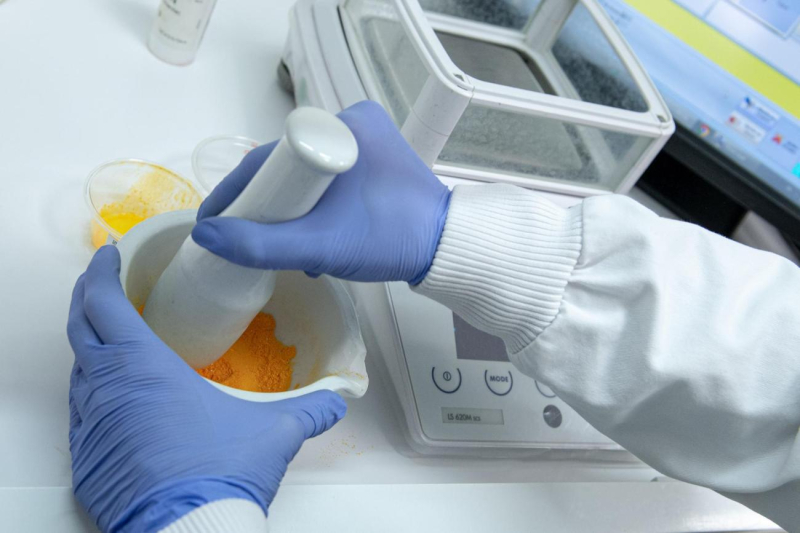
AFP – ALAIN JOCARD
The 2020 health studies reform, intended to diversify access to medical careers, is showing unexpected effects: demotivated students, default choices and chaotic paths. Pharmacy courses, in particular, are struggling to attract enthusiastic candidates. According to some experts, the vocation crisis could quickly become a public health crisis.
We no longer want to study medicine ? The 2020 reform seems counterproductive: 81% of students in PASS (specific health access pathway) or LAS (health access degree) say they are more stressed, and 42% are even considering dropping out, according to a survey by the Fage student association last February. The observation is harsh for pharmacy faculties, which are struggling to recruit. “The request to return to a single competition per sector is legitimate,” explains Sébastien Brun, vice-president of pharmacists in Hérault, pointing to a real disillusionment.
This feeling of unease particularly affects young people who initially aimed for medicine. As Romain tells Midi Libre, a pharmacy student by default: “I chose the PASS to study medicine, but we are directed towards paths that we did not choose. Few in the lecture hall raise their hand when we ask who is here by vocation”, he confides, tired of what he calls an “obstacle course”. As reported by Midi Libre, these admissions by default raise the question of the development of future health professionals…
On the ground, professionals are seeing the concrete impact of this crisis: incomplete pharmacy promotions and declining local pharmacies. In some rural areas, the pharmacy is often the only access to care. “If we continue on this path, it is not only vocations that we will lose, but also pharmacists who are essential to isolated areas,” warns Sébastien Brun. The conference of deans calls for regaining control over access methods to avoid a shortage that would ultimately weaken the French health system, which is already under strain.
The fact is that if medical studies are such a burden, this is likely to be felt in the practice of the profession in the future. As a result, medicine as a whole is weakening and losing the trust of patients…
You liked the article ? It mobilized our editorial staff, which lives only on your donations.
Information has a cost, especially since competition from subsidized editorial staff requires increased rigor and professionalism.
With your support, France-Soir will continue to offer its articles for free because we believe that everyone should have access to free and independent information to form their own opinion.
You are the sine qua non condition for our existence, support us so that France-Soir remains the French media which allows the most legitimate to express themselves.

